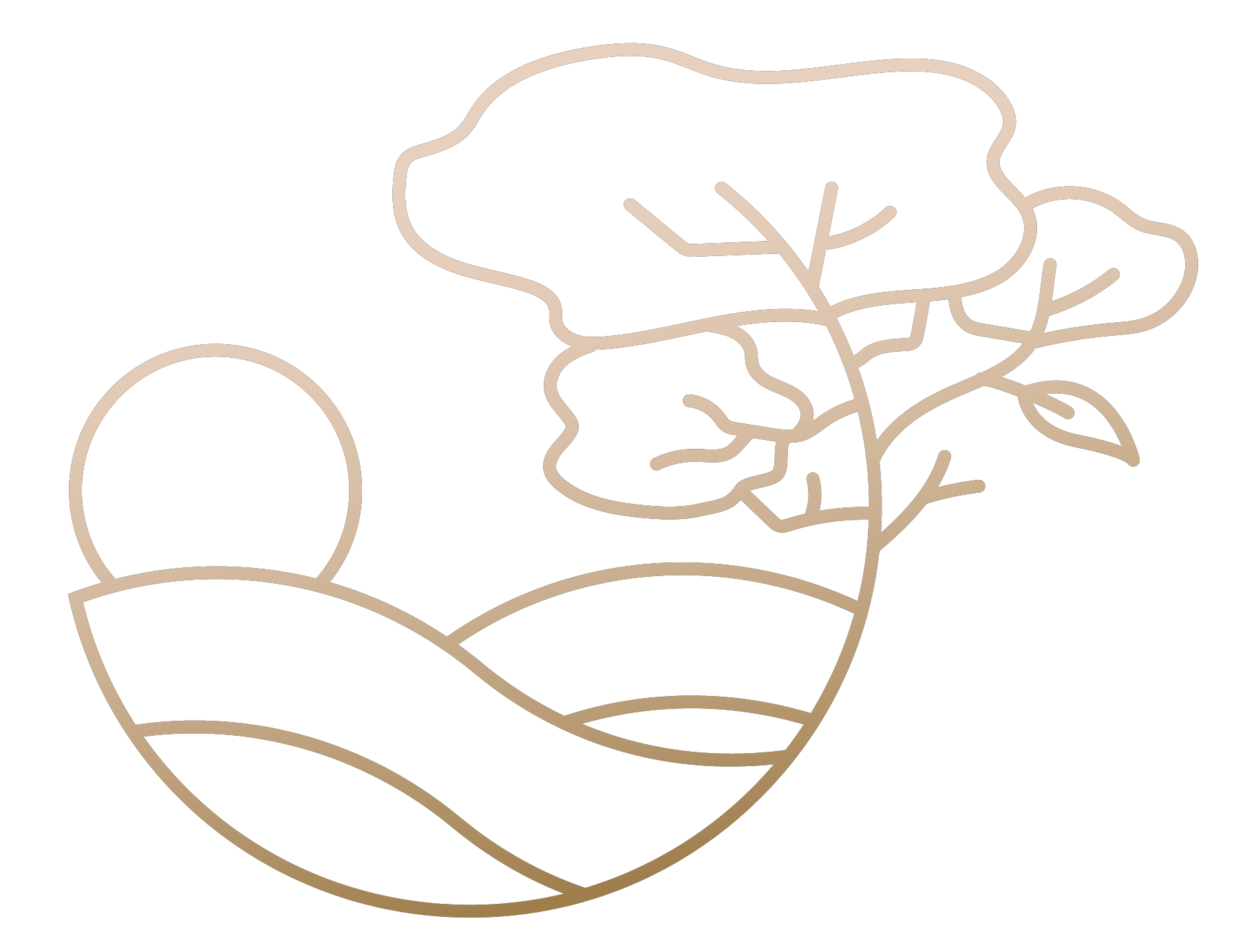
East Sumba, with its sprawling savannahs and vibrant cultural tapestry, beckons travelers seeking off-the-beaten-path adventures in Indonesia. Among its many treasures is Tanarara Hill, a stunning yet lesser-known destination that offers breathtaking views and a peaceful escape from the bustling tourist tracks. This article delves into what makes Tanarara Hill a must-visit for eco-tourists and adventure seekers alike.
What Makes Tanarara Hill Unique?
Tanarara Hill stands out due to its distinctive geographical features that offer panoramic views of the surrounding countryside. The hill's terrain is a vibrant tapestry of rolling grasslands and sparse woodlands, providing a stark contrast to the tropical beaches typically associated with Indonesia. The area is also home to unique flora and fauna, adapted to the dry climate of East Sumba, making it a fascinating spot for nature enthusiasts and photographers seeking to capture the essence of this unique ecosystem
The Cultural Significance of Tanarara Hill
The significance of Tanarara Hill extends beyond its natural beauty, playing an important role in the local Sumbanese culture. Historically, the hill has been a gathering place for local tribes, particularly for ceremonies and communal gatherings that are integral to the social fabric of the community. The cultural practices and beliefs surrounding Tanarara Hill are deeply intertwined with the indigenous Marapu religion, which emphasizes a spiritual connection to the land. This connection makes Tanarara not only a place of scenic wonder but also a site of profound cultural heritage.
Traveling to Tanarara Hill
Visiting Tanarara Hill is an adventure in itself. The best times to visit are during the dry season from May to September when the weather is most favorable for hiking and outdoor activities. To reach Tanarara Hill, visitors typically fly into Umbu Mehang Kunda Airport in Waingapu, the largest town on Sumba Island. From there, a combination of public transport and private hire vehicles can take you on the scenic drive towards East Sumba, with Tanarara Hill being a highlight of the journey
What to Expect When Visiting
Upon arrival at Tanarara Hill, visitors are greeted by expansive views that are particularly majestic at sunrise and sunset. The climate here is typically hotter and drier than in other parts of Indonesia, so it's advisable to prepare with appropriate sun protection and hydration. While the hill is accessible for most of the year, facilities in the area are minimal, emphasizing the hill's untouched natural beauty. Visitors should plan accordingly, bringing necessary supplies and equipment to ensure a comfortable visit
Activities at Tanarara Hill
Activities at Tanarara Hill cater to lovers of the outdoors and adventure. The hill offers excellent opportunities for hiking, with several trails that range in difficulty, providing options for both novice hikers and seasoned trekkers. The unique topography of the area makes it a fantastic spot for landscape photography, capturing the undulating hills and vibrant sunrise or sunset skies. Additionally, local tour guides offer cultural tours, sharing insights into the region’s rich history and traditions, enriching the visitor experience significantly
Tanarara Hill in East Sumba stands as a beacon for those seeking solitude and a deep connection with nature and culture. Whether you are an avid hiker, a passionate environmentalist, or a culture enthusiast, Tanarara Hill offers a unique journey through one of Indonesia’s less-explored gems. Planning your visit with respect to the local environment and community will ensure that this magnificent hill continues to inspire visitors for generations to come.
FAQ
What is the best time of year to visit Tanarara Hill?
The ideal time to visit is during the dry season from May to September when the weather conditions are most favorable for outdoor activities.
How can I get to Tanarara Hill?
Is Tanarara Hill suitable for children?

Comentários